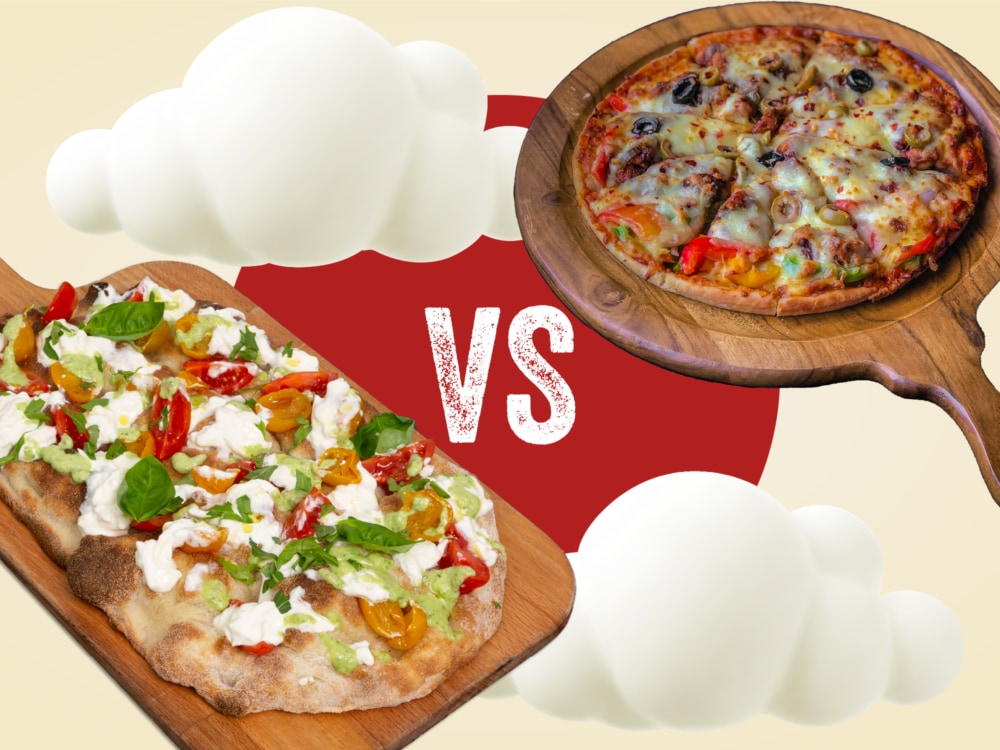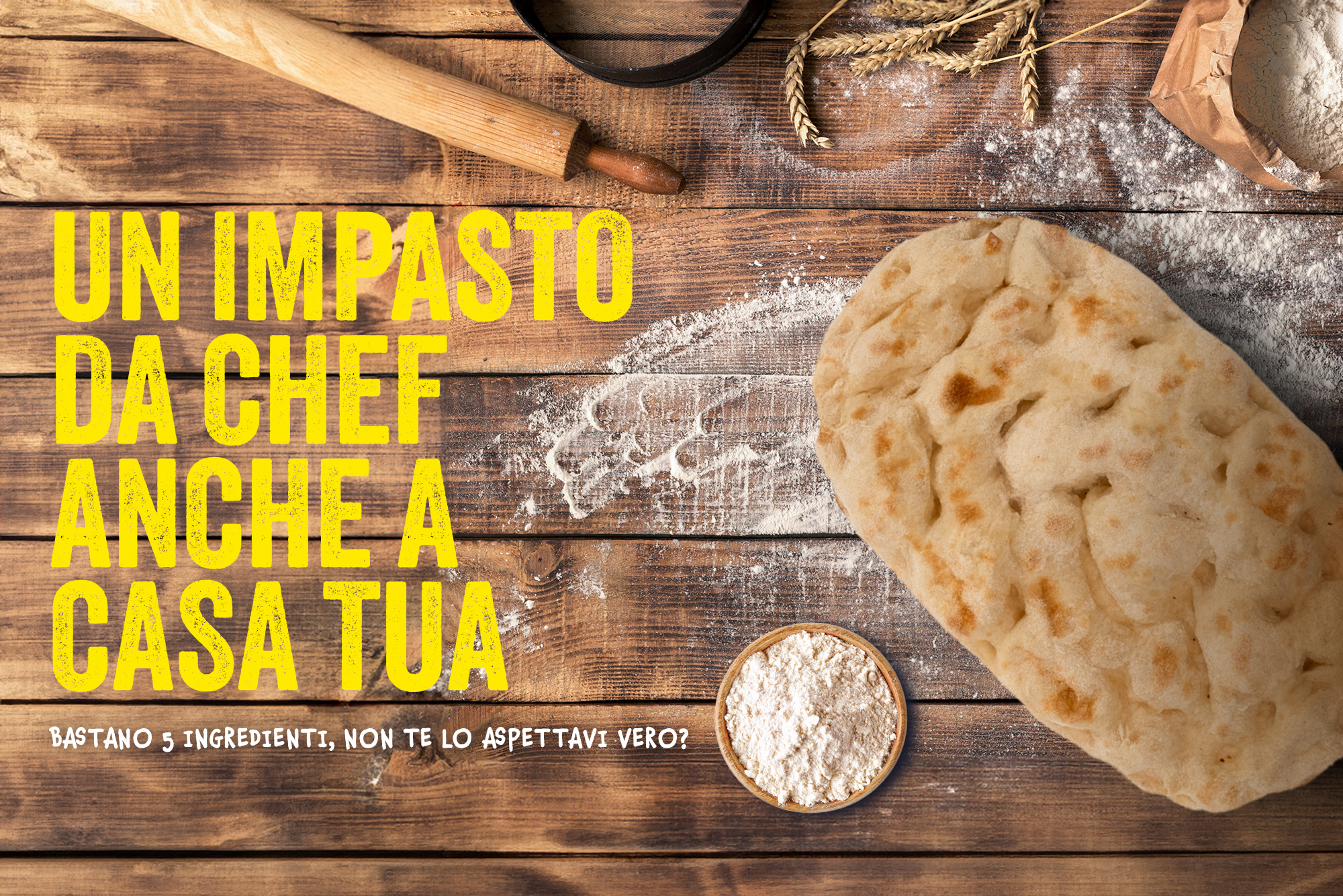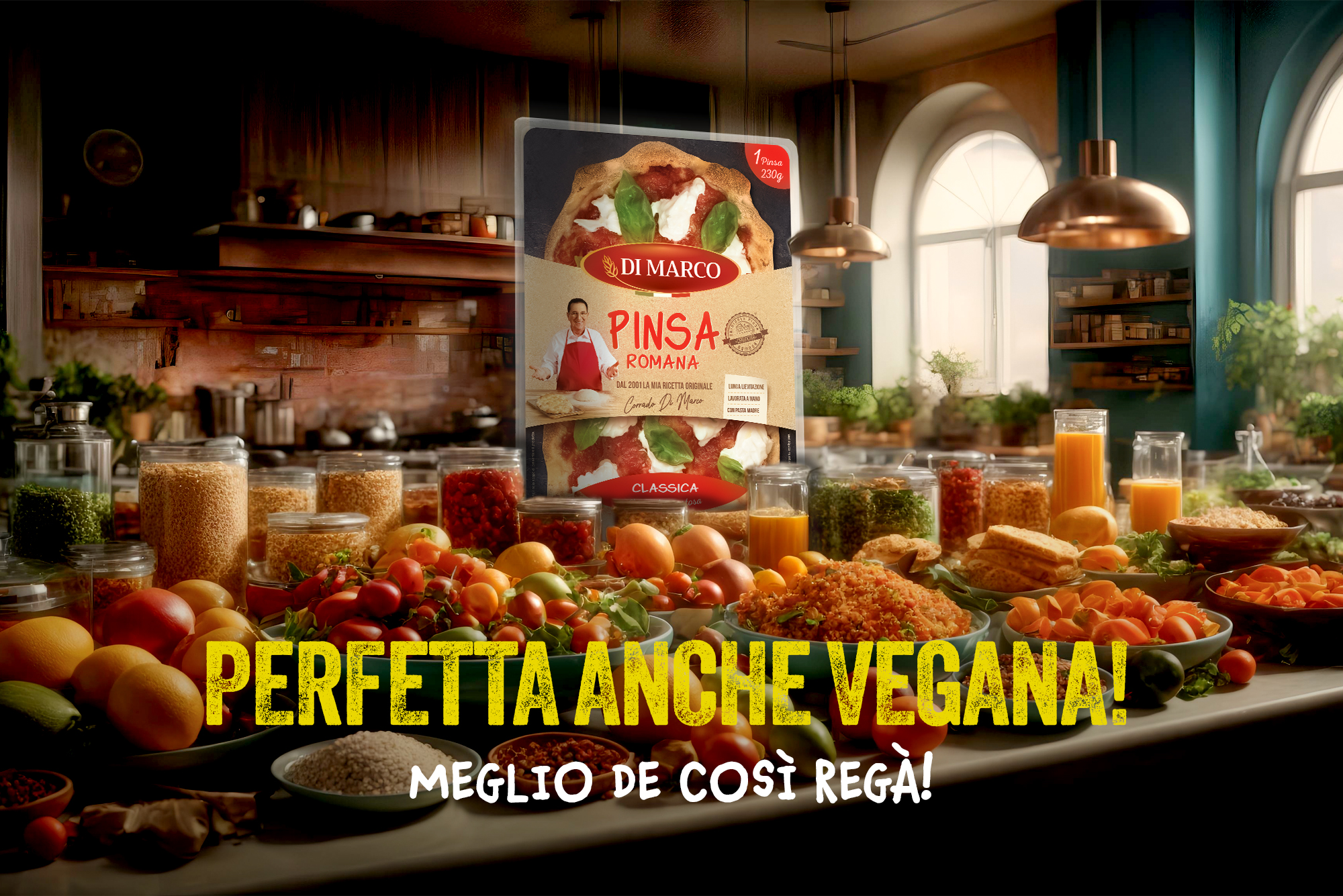Looking back, the challenge we first had to face in presenting the market with an innovative, tasty and appealing product was to differentiate it from traditional pizza, which was obviously recognisable all around the world.
The most important differences are not visible
In 2023, pinsa is a recognised term, evocative of a defined product and a certain culinary tradition. But twenty years ago, creating a market for this product was not easy, as the differences between pizza and pinsa were not – and are not – immediately obvious. At the time, the term ‘pinsa’ seemed little more than a typo, when in fact it represented a gastronomic revolution that could combine innovation and pleasant taste.
The success of the pinsa was determined by its quality, its continuous evolution over time and the creativity of those who invented it and made it grow. Thanks to these factors, today both the professionals and consumers recognise pinsa as a unique and distinctive product. The more than 5000 pinserie around the world show the quality of the work that has been done.
Differences between pizza and pinsa: more than the shape
Although the number of people aware of the existence of pinsa has grown enormously, how many people today would be able to list all the differences between pizza and pinsa? Probably, most respondents would simply note the difference in the shape, round for pizza and typically oval for pinsa. Actually, the real innovation of pinsa is not visible, as the recipes and ingredients used to top it are the same as its famous counterpart.
To fully understand the differences, we can start by saying that the two products are obviously related, so much so that we could define pinsa as the evolution, the innovation of pizza.
The substantial difference between pizza and pinsa lies in two factors: the flour mix and the dough. The ingredients and the manufacturing process are therefore different, and this separates the two products in terms of taste, texture and nutritional values. The oval shape alone, however characteristic, cannot explain either the success of the product or its ability to stand out from its famous relative.
Digestible, soft, crunchy and tasty
Underlying the invention of the pinsa romana was therefore the need to create a highly digestible product. However, this need did not originate in 2001 with the pinsa but around the mid-1980s, when pizza was still a short rise, fat-rich and poorly digestible product. In those years, however, the trend (which has continued unabated to this day) towards a healthier, more genuine and lighter diet began to assert itself, and at the same time the idea emerged that all these characteristics could be part of a tasty and appetising product.
Corrado Di Marco, the company’s founder, therefore decided to direct his research towards a perfect balance between lightness, digestibility, low calorie intake, taste and fragrance. The turning point came with the mix of high quality wheat flour, soy flour, rice flour and dried wheat sourdough that, in the right proportions, shapes the texture and taste of pinsa romana, a fragrant product, soft inside and crispy outside.
The dough, which comes from the mix of flours used, is the other key factor that determines the difference between pinsa and pizza. The amount of water and yeast are different compared to traditional pizza dough and contribute to its digestibility, calorie intake and crispiness, another unique feature of pinsa romana. The long leavening time (up to 72 hours) and the high hydration of the dough (800 g of water for every kg of flour), the use of sourdough starter and the very small amount of oil are other factors that contribute to creating a unique and, above all, recognisable product well beyond its characteristic shape.










